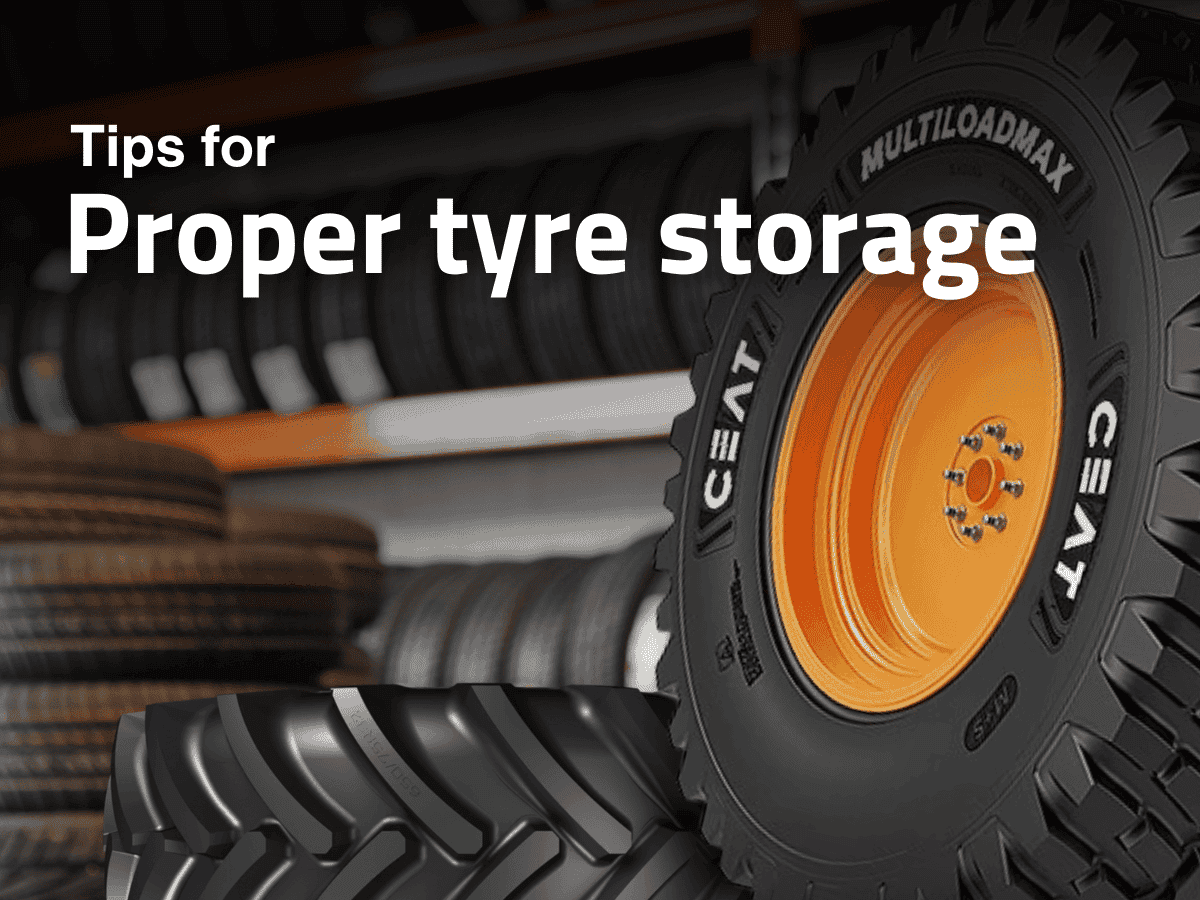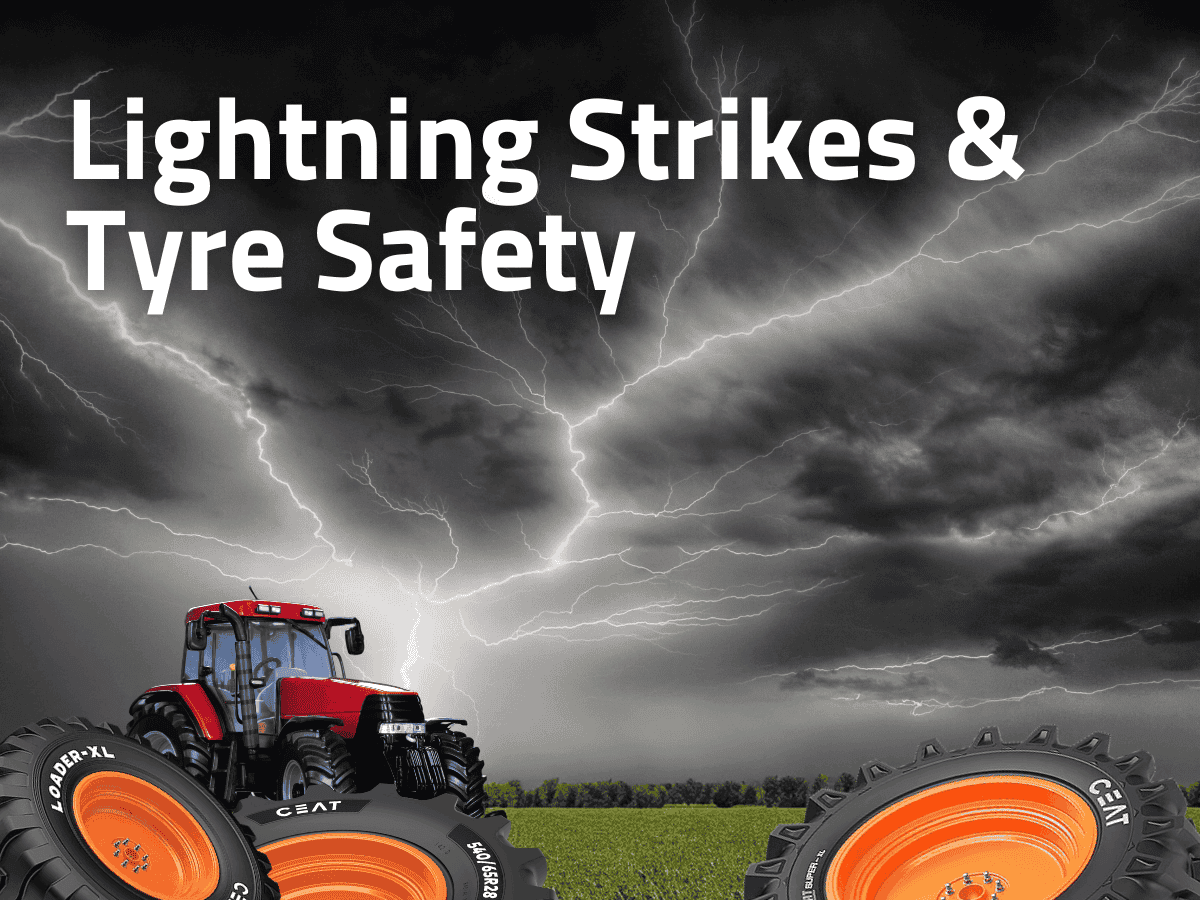ceat-speciality:blogs-tags/all,ceat-speciality:blogs-tags/tyre-care
How to measure your farmland’s soil compaction?
Tue, 14 Mar 2023 | PRODUCTS
Are you tired of dealing with poor crop yields, limited water infiltration, and unhealthy soil on your farmland? Soil compaction may be the culprit. As a common issue that farmers face, soil compaction can significantly impact crop productivity and overall soil health. But don’t worry – there are ways to combat this problem. Let’s explore the importance of measuring and monitoring soil compaction on your farmland. We’ll also check out how you can use the best tractor tyre options to fix heavily compacted soil. So, let’s dive in and learn how to maintain healthy soil and maximize your crop productivity!
Why is Soil Compaction Important?
When pressed together, soil particles reduce pore space and limit air and water movement through the soil, causing soil compaction. This can lead to many problems, including decreased crop growth, increased runoff and erosion, and reduced soil fertility. Soil compaction can also increase the risk of soil-borne diseases and pests, further impacting crop yields.
How to Measure Soil Compaction?
Different methods to measure soil compaction include penetrometers, shear vane testers, and cone penetrometers. Penetrometers measure the resistance of soil to penetration, while shear vane testers measure the shear strength of the soil. Cone penetrometers measure the depth and density of soil layers. These tools can provide valuable information about soil compaction. However, they can be expensive and require specialized training to use properly.
A simpler way to measure soil compaction is to use a handheld penetrometer. A handheld penetrometer is a small, portable device that measures the resistance of soil to penetration. To use a penetrometer, insert the device into the soil and measure the depth at which it encounters resistance. Repeat this process at several locations throughout the field to get an accurate picture of soil compaction.
Monitoring Soil Compaction Over Time
Once you have measured your soil compaction, monitor it over time to track changes and identify trends. Regular soil sampling and testing can help you identify areas of the field that may be experiencing increased compaction. Keeping detailed records of soil moisture, rainfall, and other environmental factors can also help you track changes in soil compaction over time.
How do you fix heavily compacted soil with the help of CEAT Specialty tyres?
CEAT Specialty specifically designed tyres to alleviate soil compaction in agricultural fields. Here are the steps you can take to fix heavily compacted soil using our Agri tyres:
- Identify the heavily compacted areas in your field where crop growth is poor or where water tends to collect.
- Install CEAT Specialty tyres on your farming equipment, such as tractors or combines.
- Use the equipment equipped with these farm tractor tyres to work the compacted soil in the identified areas. The unique design of this agriculture tyre helps distribute the weight of the equipment more evenly, reducing soil compaction and improving soil health.
- After working the soil, monitor the area to ensure that soil compaction does not recur. This may require further adjustments to the equipment, such as reducing the number of passes made in the area or using lighter equipment where possible.
Using our Ag tyre and reducing soil compaction can improve soil health and increase crop yields in heavily compacted field areas.
































































































































